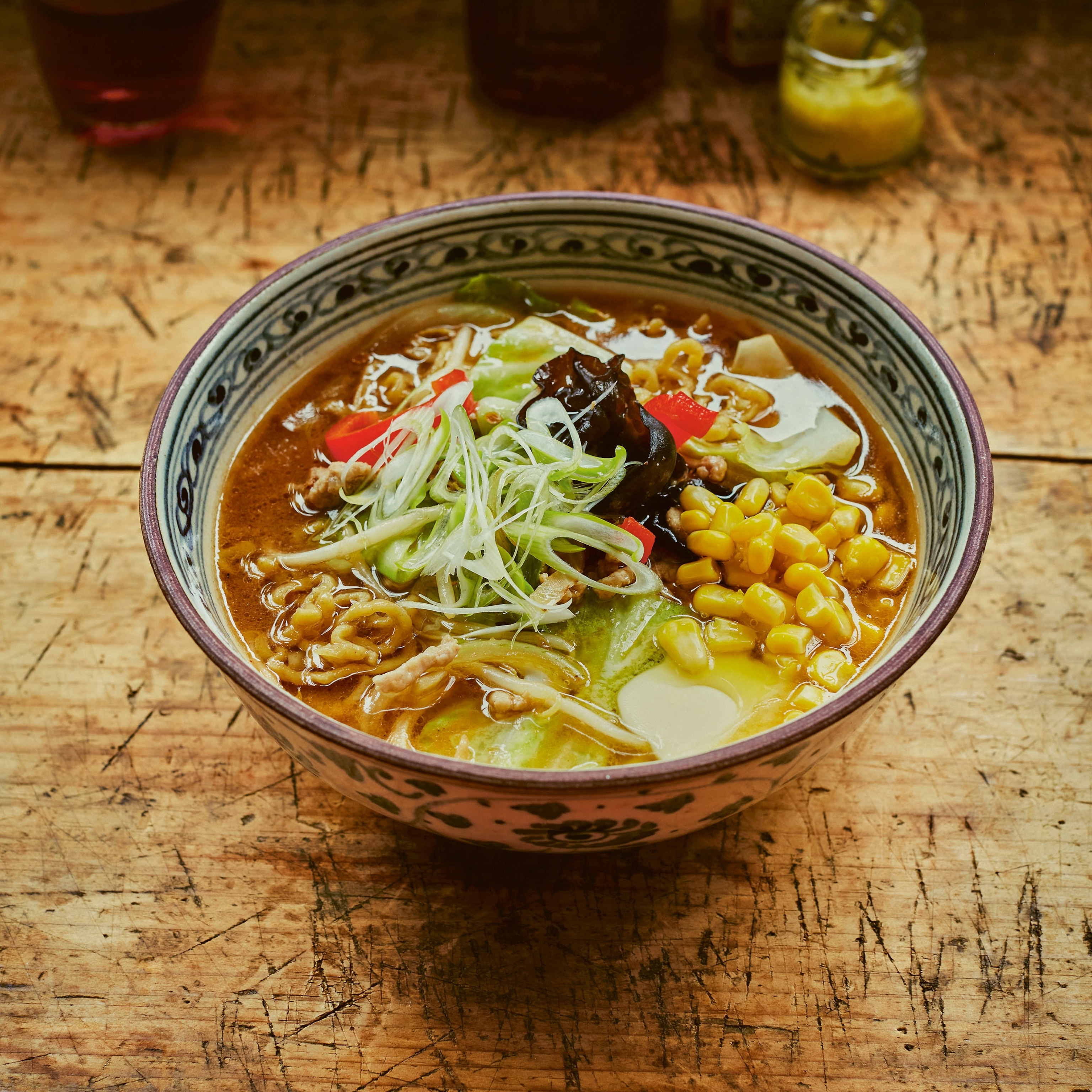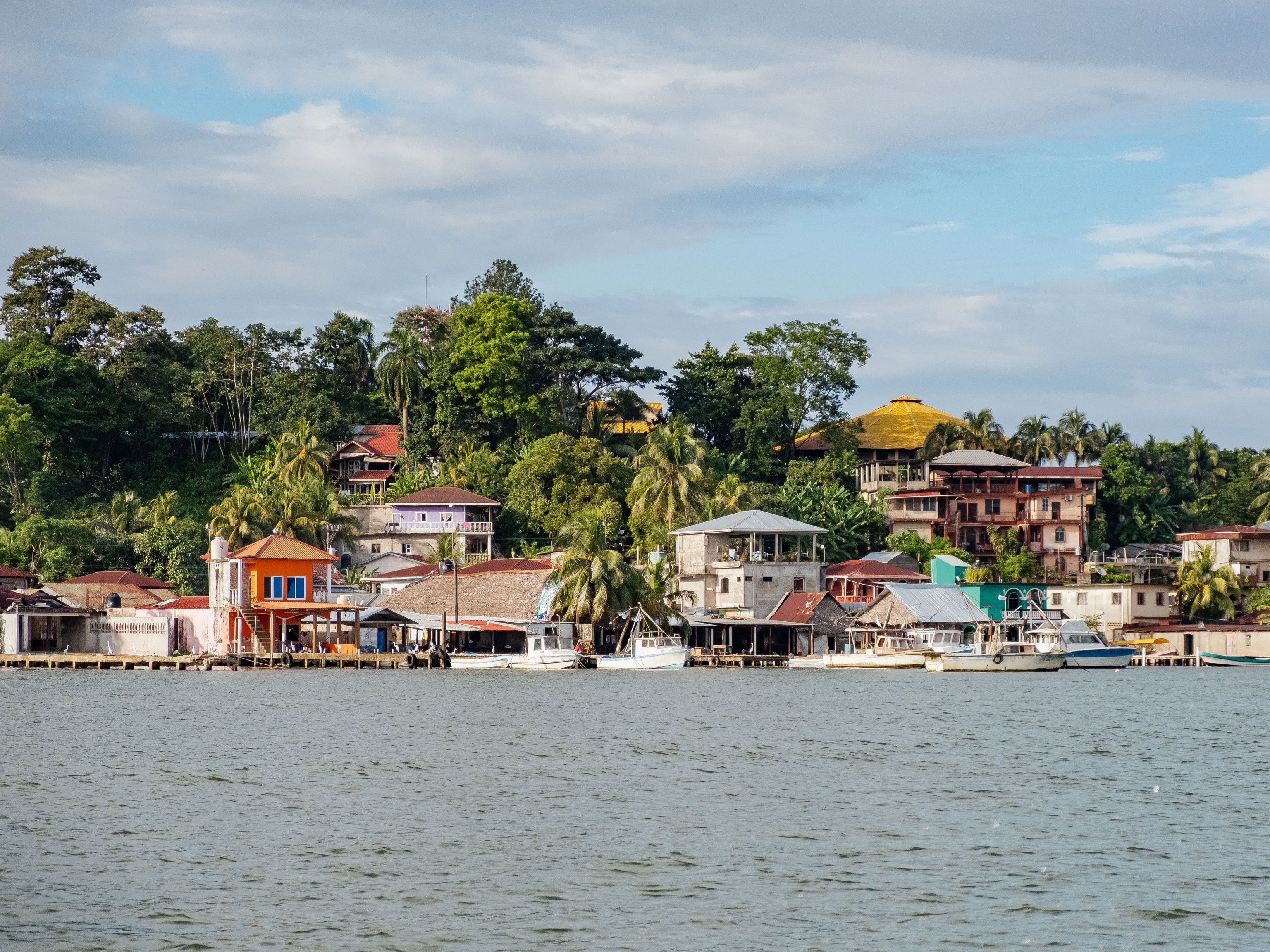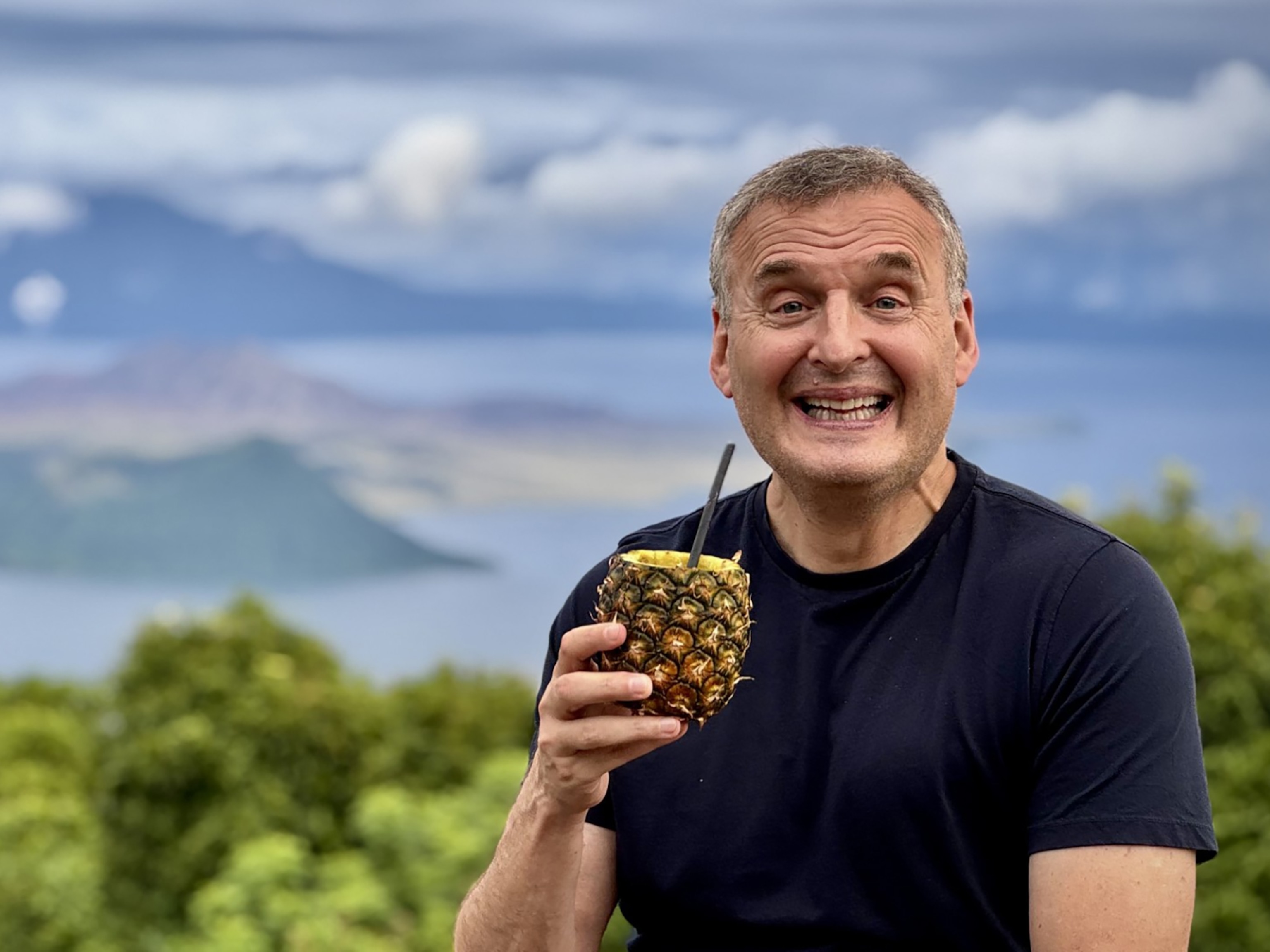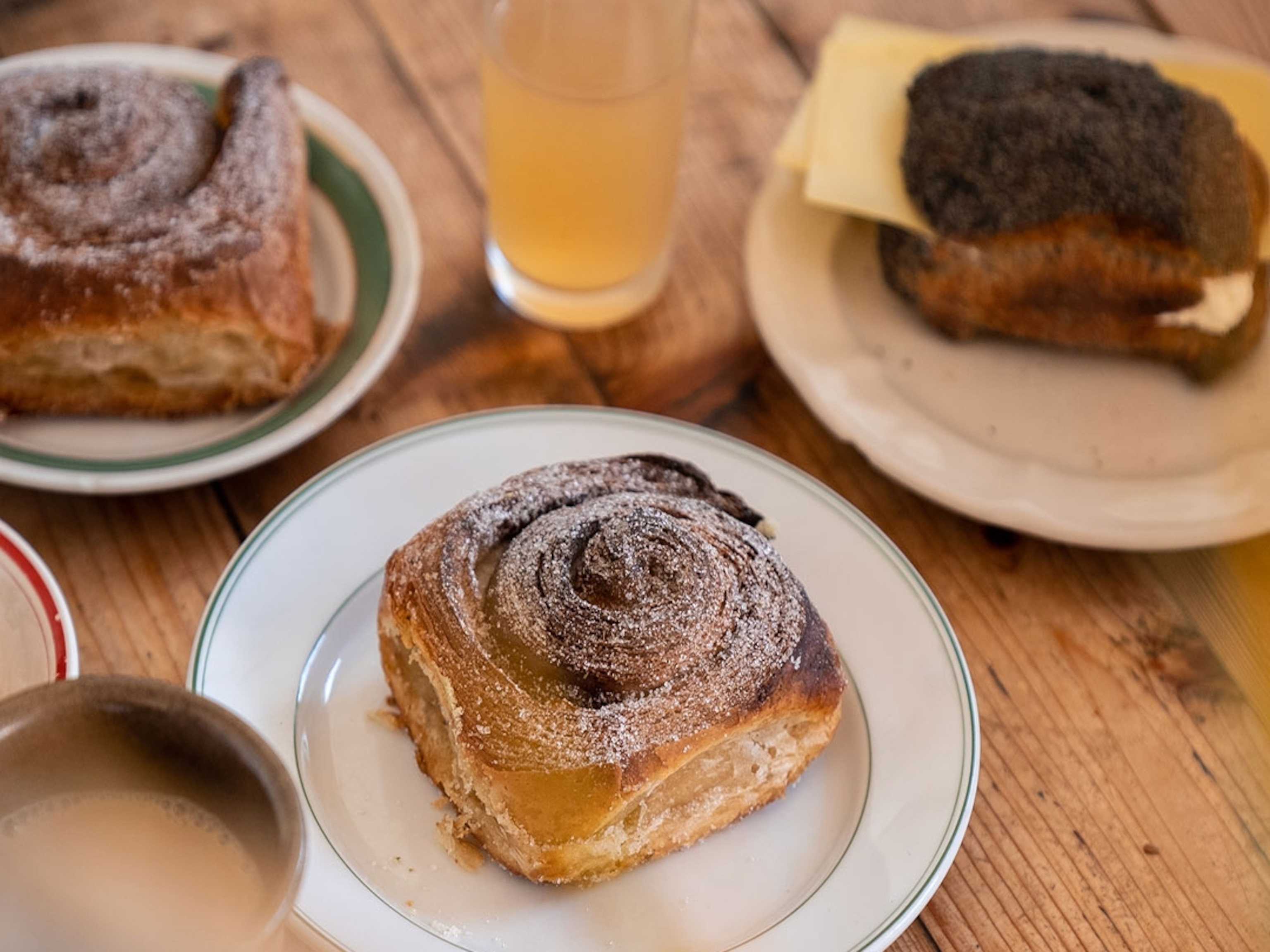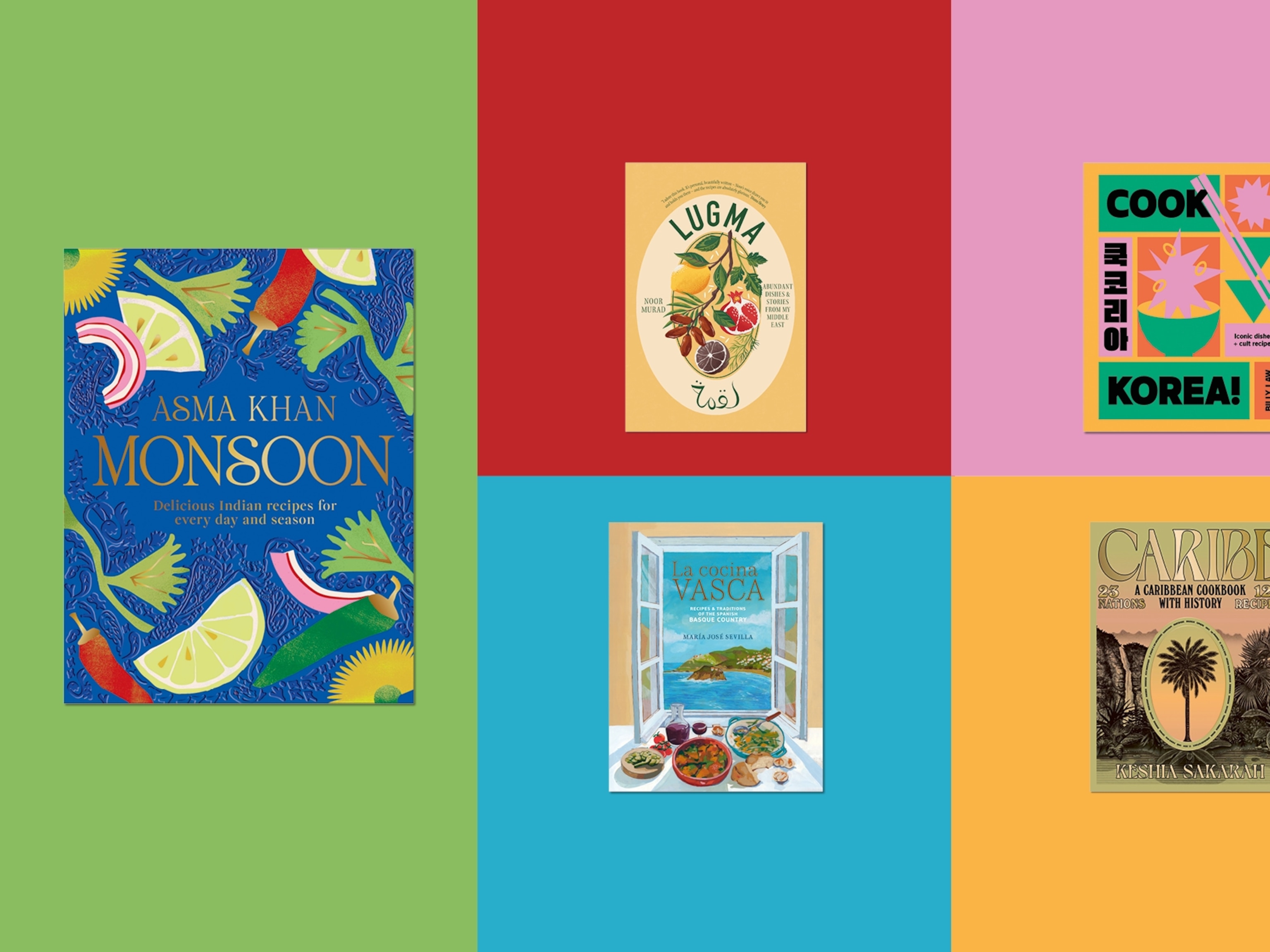
How Chinese cuisine has shaped the city of Vancouver
The Canadian city has long been home to a thriving Chinese community, its presence most apparent in the food scene, where the traditional and modern come together with a dash of West Coast cool.
"Chinese culture is very subtle,” says Robert ‘Bob’ Sung. “It’s all about symbolism.”
That may well be true, but little is subtle about the slices of char siu we’re devouring from a polystyrene tray on a Chinatown corner. The hot, sweet morsels of pork from Money BBQ & Produce are fatty and lurid red. “It all has a meaning,” adds Bob. Red, he says, is a symbol of joy and after today’s feast — my fingers sticky with scarlet sauce — I expect to be a very happy man indeed.
Bob is leading me on one of his A Wok Around Chinatown tours, exploring the cuisine of Vancouver’s Chinese community. A third-generation Chinese-Canadian, he comes from a family who’ve been living in Canada for more than a century, much of it working in British Columbia’s food industry. “I was always surrounded by the aromas of the kitchen growing up,” he says, as we pass shops strung with red-and-gold lanterns.
It’s fitting — symbolic, some might say — that gold still gleams amid the old neon of Chinatown today. In the mid-19th century, thousands of Cantonese-speaking migrants came to British Columbia from southern China for the Gold Rush, and many of them were employed to build the Canadian Pacific Railway in the decades that followed. Some stayed on afterwards, working in sawmills and fish canneries, but found themselves marginalised by the rest of the population. Chinatowns began to develop across Canada, with tight-knit communities of bakeries, restaurants and food stores soon opening their doors.
“Cantonese cuisine is still very apparent in Vancouver,” says Bob. “And still today, practically every town in Canada has a Chinese restaurant.” Many familiar ‘Chinese’ dishes have their roots in that migration to North America. Fortune cookies, I learn San Francisco, while chop suey also has its roots in the continent. Ginger beef, meanwhile, is a uniquely Chinese-Canadian invention and a takeaway favourite here.
Distinctly Chinese flavours aren’t hard to find either. Just down from the ornate Millennium Gate is The Chinese Tea Shop, its interior filled with the earthy perfume of fermented pu-erh tea. “There’s a real art to Chinese tea,” says Jennifer Lui. The wife of shop owner Daniel, Jennifer guides me through the varieties lined up on the shelves — green teas, black teas, oolongs and florals — along with the beautiful teapots, including ones made of Yixing clay, which allows the more complex teas to breathe.
“I think people are interested in the meditative quality of Chinese tea,” she says. “You have to focus on the brewing, the pouring. Learn how to make a good cup and the spiritual stuff comes later.”
After tea, Bob leads me to a herbal medicine store, where huge crates are piled with ingredients: dried mango; angelica; ruby-red goji berries; gingko nuts; and fat choy, a black vegetable that looks alarmingly like a Brillo pad. “Food and health are synonymous in Chinese cuisine,” he says, explaining that everything is associated with a health benefit. Shiitake mushrooms, he explains, gesturing to the dried, fragrant fungi, are apparently great for weight loss. “And then there’s dried gecko,” he says, smiling. He produces a desiccated gecko on a stick, twiddling it between his fingers like a lizard lollipop. “Believed to help asthma.”
There are flashes of modernity among these old pillars of Chinese cuisine — trendy fusion dim sum joints, speakeasies, minimalist tea shops — and Bob is feeling reflective. “Times have changed,” he says. “There used to be more herbal stores here, but historic Chinatown is less relevant than it used to be.” Partly due to rising rents, many of Chinatown’s residents started moving out to the suburbs in the 1980s, creating ‘new’ Chinatowns. Migration, too, has changed: those moving to Vancouver today are from all over China rather than just the south, and often come from considerable wealth, too. “I saw a learner driver here the other day,” laughs Bob. “She was learning in a pink Lamborghini.” It’s a far cry from the days of the railways.

Taking the SkyTrain rather than a supercar, I head south to Richmond, one of the ‘satellite Chinatowns’ Bob describes. Technically a separate city, it’s a busy grid of long avenues and shopping malls where 54% of the population claims Chinese heritage — the highest proportion in Canada. The December drizzle has lifted to reveal the skyscrapers of downtown Vancouver in the distance; beyond, forest-covered mountains dusted with snow. “That’s how we orient ourselves when it’s not raining,” laughs Lesley Chang. “If you see the mountains, then that’s north.”
Richmond born and bred, Lesley is, in truth, more interested in the area’s food than its weather: she helped to create Richmond’s Dumpling Trail in 2017 when she worked for the local tourist board. But as we settle in the vast Empire Seafood Restaurant, it’s not just dumplings and dim sum she’s keen to show me, but a feast fit for an emperor. “Chinatown speaks to a certain era,” she says, pouring me a cup of hot yellow tea. “A lot of Chinese tourists come and think it’s kitschy. But Richmond feels more like modern China.”
Before long, dish after dish arrives at the table: stir-fried pea shoots; prawn dumplings; cool slivers of jellyfish in chilli oil; and a bamboo steamer of xiao long bao (dumplings filled with hot broth). Liu sha bao, squidgy white buns bursting with a rich, salty-sweet yellow custard, soon follow.
For 11am, it’s quite the breakfast. “Flavours aren’t watered down here,” says Lesley. “Chefs don’t shy away from using lots of pepper in Sichuan cuisine, for example.”
And at Richmond Public Market, there’s nowhere to shy away, even if you wanted to. A reflection of the diverse migration from China today, the ground floor of this covered hall has everything from bilingual children’s books to every root vegetable you could ever need. The air’s heavy with the scent of oil and broth, of chilli, five spice, garlic and ginger. It’s all coming from the food court upstairs, where a whirlwind tour of China’s countless kitchens awaits: sesame bubble tea and Xinjiang-style halal dishes; great bowls of spicy, Cantonese hotpot; dandan noodles from Sichuan; and cumin lamb skewers from Xi’an. “I love this place. You could almost be in China,” says Lesley, as we pass a row of hoodies emblazoned with maple leaves.
But if it’s barbecue you’re after, there’s only one place to go. A few years ago, Anson Leung took over HK BBQ Master from his father, Eric, and oversees a small, busy kitchen — in a multi-storey car park, no less — rustling up the likes of honey barbecue pork and soy chicken. “Richmond has changed a lot,” he says over the sound of knives thwacking chopping boards in the kitchen. “You’ve suddenly got youngsters rediscovering their grandparents’ recipes and opening new restaurants. It’s the place to come for Asian food.”
A plate of crispy pork and rice heads our way, the slices of meat sporting bronzed shields of crackling. Anson drizzles it with a sauce made with leftover chicken juices, and boiled down to a delicious, meaty elixir.
That life-affirming liquor aside, I wonder what the recipe for HK BBQ Master’s success is. “Barbecue is something both Chinese and Canadian people can appreciate,” says Anson. “We’ve never had to change the way we cook things because it’s so simple, so effective. Oh, and Seth Rogen helped, too,” he laughs, recalling the time the actor stopped by for an episode of Netflix’s Breakfast, Lunch & Dinner in 2019.
But it’s not just Hollywood stars who come here; hungry Vancouverites have been calling in all afternoon to pick-up their pre-ordered feasts, washed down with Hong Kong milk tea. “Do you want some duck, too?” asks Anson. But before he’s even finished speaking, a waiter sets down another plate on our already-crowded table. The steaming slices of barbecued meat glisten in their dark, umami-rich glaze. Perhaps this was the good fortune I was promised.

Three of Vancouver's best East Asian restaurants
1. Miku: Overlooking the waterfront, this is the city’s go-to for top-notch aburi-style sushi, a method that involves briefly flame-searing the fish to bring out new flavours and textures. There are excellent selections of sashimi and nigiri to enjoy — including albacore tuna, prawn and barbecue eel — with smatterings of flowers and dry ice for added theatre. The salmon oshi sushi with jalapeño (pictured) is a must. Sashimi platters from CA$29 (£17).
2. Bao Bei: A slick range of small plates and killer cocktails in a buzzy, low-lit space mean this Chinatown brasserie is a hit with locals. Start with the handmade steamed pork and nettle dumplings, before working through the rest of the menu: highlights include chickpea tofu with black garlic emulsion and marinated oyster mushroom; ‘kick-ass’ fried rice; and fish of the day, served with kimchi butter and Chinese gnocchi. Dumplings from CA$14 (£8); small plates from CA$16 (£9).
3. Maenam: In the fashionable ’hood of Kitsilano, chef Angus An’s considered menu is a modern celebration of Southeast Asian cooking, featuring some of the West Coast’s best produce. Dishes sing with flavour: fiery bowls of tom kah coconut soup packed with mushrooms; rich green curry with Thai aubergines and local sturgeon, with a good list of colourful house cocktails to boot. In the likely event that you’re spoilt for choice, go for one of the excellent chef’s menus, with wine pairings available. Chef’s menu from CA$115 (£68), without wine.
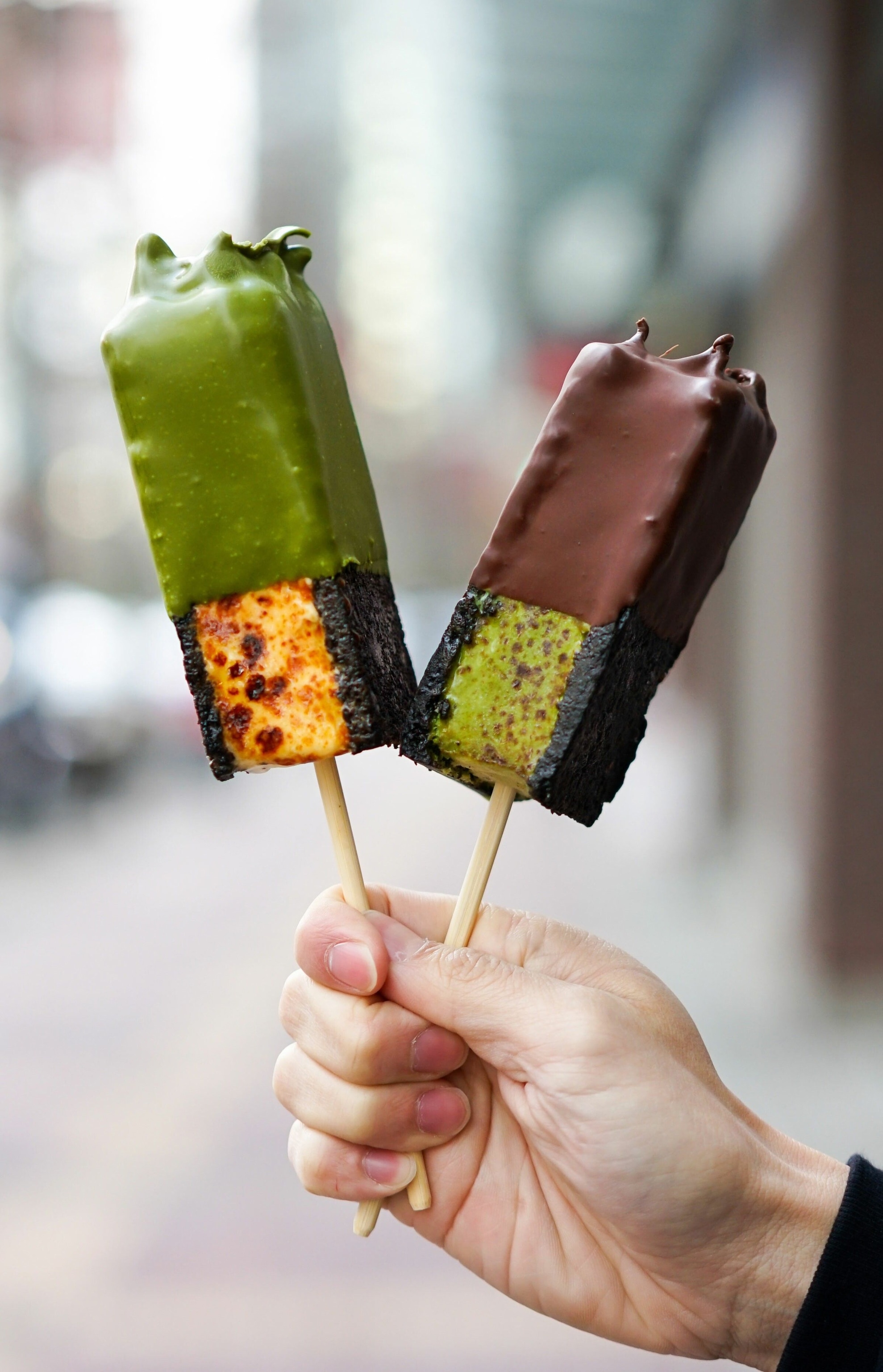
Five more foods to try
1. Ice cream: Mister makes ice cream with liquid nitrogen right before your eyes. The result? A perfectly smooth scoop in flavours such as creme brulee and shortbread.
2. Japadog: You’ll need a serviette for these hotdogs loaded with all kinds of Asian-inspired toppings, including yakisoba noodles and crispy, shredded seaweed.
3. London Fog: This coffee shop classic of Earl Grey tea, steamed milk and a shot of vanilla syrup was first brewed in Vancouver in the 1990s and is served all over town.
4. Apple tarts: For more than 40 years, New Town Bakery in Chinatown has been baking these sweet, puff-pastry turnovers. Join the queue and grab one to go.
5. Craft beer: Sample some of the city’s best breweries and taprooms on a bar crawl in laid-back North Vancouver — check out the BC Ale Trail for pointers.
Published in the May 2022 issue of National Geographic Traveller (UK)
Follow us on social media
Facebook | Twitter | Instagram
